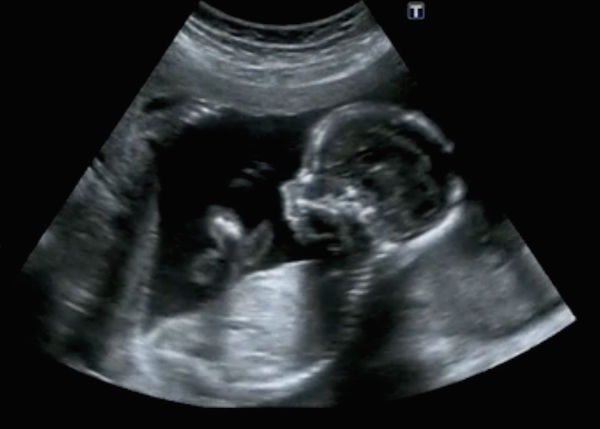
FRIDAY, July 2 (HealthDay News) — Kerry O’Neill Wallace, now 47, was born with a birth defect known as spina bifida.
Essentially, her spine failed to properly develop while in the womb. “Normally, your spine starts out like a flat piece of paper, and then it rolls into a tube within the first month of pregnancy,” Wallace explained.
But hers didn’t, and she was born with her spine open and her nerves exposed.
Emergency surgery five hours after birth saved her life, but she has never had full use of her legs. “I walk with long leg braces and crutches, and always have,” said Wallace, who lives in Garden City, N.Y. “I will use a wheelchair for long distances.”
Despite her disability, Wallace says, she kept up with her five siblings at school and play. She went to college and got a master’s degree. And in 1998, she married.
Her husband, Daniel Wallace, also has spina bifida. They met through the extended network of adults with spina bifida who meet and chat to share notes and experiences.
Daniel’s disability is less onerous. He had successful orthopedic surgery as a child and now walks unassisted. One foot is much smaller than the other foot. “We call it his ‘chicken leg,'” Wallace said.
They decided that they wanted to have a child. But would their child share their malady? And could Wallace’s body handle the strain of bearing a child?
“It was definitely a huge concern for both of us, especially with me being on crutches and braces during the pregnancy,” Wallace said.
They consulted with a high-risk obstetrician, who said there was a 15 percent chance their child would be born with spina bifida. “That doesn’t sound like much, but compared to the normal population, it is a very increased risk,” she said.
The doctor recommended that Wallace begin taking folic acid immediately, before she became pregnant. Folic acid is known to reduce the risk of nerve-related birth defects.
“I started on folic acid about four months prior to becoming pregnant,” she said. “I was on 10 times the recommended daily dose for the general population.”
Her pregnancy went well, but there was always that nagging worry. What if?
The 20-week sonogram came, and the couple was on edge. “We were very nervous,” she said. “We wanted a healthy child, and not just because of spina bifida. My age was a concern, too.” Wallace was 39 during her pregnancy.
The technician moved the sonogram around, showing them the baby’s legs and thighs.
“Kate was kicking up a storm,” Wallace said. “With that, my husband started to cry and was dancing around the examination room. The technician was looking at us like we were crazy. She didn’t know what that meant to us. Kate can move her legs, and I can’t.”
Wallace gave birth to her daughter on Sept. 11, 2000, in a planned C-section. Kate was a nine-pound, perfectly healthy baby.
“The first thing my husband and I did was to undo the diaper and look at her back,” Wallace said. “We were ecstatic, absolutely ecstatic.”
Kate is now 9 years old and in as good shape as any kid her age. “She’s a little different in that she’s a little more responsible than other children her age because she has to assist me,” Wallace said. For example, Kate knows to wait when getting out of a car to help her mother get her wheelchair out, when needed.
Wallace believes the folic acid and other preparations she went through before pregnancy helped ensure her daughter’s good health.
“I definitely think planning ahead is the most important thing,” she said. “So many pregnancies are unplanned, and spina bifida occurs before you’re four weeks pregnant. You don’t even know you’ve missed your period, and the damage has already been done. It’s so vital to take folic acid ahead of time and plan ahead.”

